Mai Sinh
Chief of Office of Phu Tho Provincial Folk Arts Association
In the early days of spring At Ty , in the sacred space of the palace gate and temple yard, the melodies of Chau Van singing resounded, attracting the worshipers, disciples, people and tourists from all over. The harmonious combination of music, strings, lyrics, singing and dances of the mediums brought the audience a special feeling of sublimation...
In the warm spring weather, at 7am, a large number of followers were present at Nha Ba Temple (also known as Chua Lam Thao Temple), Lam Thao town - Lam Thao district. Everyone wore beautiful, formal and polite costumes suitable for the atmosphere of the first year's spirit medium ceremony of Master Tran Duy Loi (Hung Hoa town, Tam Nong district, Phu Tho province) and medium Tran Thi Loan (Phuc Yen city, Vinh Phuc province).
The Lam Thao Temple is often chosen by the mediums to hold ceremonies because this place worships Lam Thao Lord, also known as the Third Lord Lam Thao - the last of the Three Lords of Muong. According to legend, she is the biological daughter of King Hung. Because of her extraordinary intelligence, her father trusted her and assigned her to take care of military supplies and provisions in the wars. Besides, she also has the talent to prescribe traditional medicine and cure people. Therefore, she traveled throughout the region to bring her talent to help the people. The Third Lord Lam Thao is also a devout person, often fasting and reciting Buddha's name, wholeheartedly praying for the country's peace and prosperity. To remember her merits, the people built a temple to worship Lam Thao Lord.
Hau Dong (spirit mediumship) is a ritual in folk belief activities, a form of reenacting the descent of fairies and saints to earth, recounting the stories of saints, expressing the tradition of patriotism and honoring their origins and achievements. This ritual not only connects the spirituality between humans and the supernatural world but also combines performing arts and folk beliefs. Hau Dong and Chau Van singing are two important elements that create the appeal and uniqueness, making the Vietnamese worship of the Mother Goddesses of the Three Realms a representative intangible cultural heritage of humanity.
There are 36 palanquins in Hau Dong. Each palanquin is performed to pray for health, luck and happiness, expressing compassion and charity in daily life. In which, the Thanh Dong is the main host, directly performing the rituals and rites of Hau Dong to recreate the image, personality, life and merits of the Saint being served. Associated with the ritual of Hau Dong, Chau Van singing plays a particularly important role in supporting, stimulating sublimation and communication between the followers and the spiritual world. The person who sings Chau Van is called Cung Van. Chau Van singing and Hau Dong are two inseparable forms, always intertwined, creating a fascinating attraction. Musician Quach Van Toan (Zone 6, Cao Xa Commune, Lam Thao District) - who has been involved in singing for more than 20 years said: "Musicians must be good singers, good drummers and must know many melodies to be able to flexibly and gracefully change to suit each scene and each section in the spirit medium session. The orchestra usually consists of a moon lute, a small drum, a clapper and a cymbal. These are basic and indispensable instruments because they create the unique and special character of the singing orchestra. For large worshiping sessions, other traditional instruments can be added such as a large drum, gong, two-stringed fiddle, flute, and thirty-six-stringed zither..."
The late Professor Ngo Duc Thinh - who devoted much effort and enthusiasm to reviving the quintessence of Mother Goddess religion, and authored many books on Mother Goddess religion, once commented: "The Chau Van songs are hymns, sung by musicians during the ceremonies to serve the Holy Mothers, along with music, dance and other rituals, creating a sacred atmosphere and integration between humans and the divine world. In addition to the ritual function, the Chau Van songs themselves also express certain artistic values."
The troupe of musicians wearing traditional ao dai perform the spirit medium ceremony.
During the spring, the ritual of Hau Dong appears with high frequency at temples and shrines. This is considered a way of communication and connection between people and gods, to pray for the superiors to bless the nation with peace and prosperity, favorable weather for the owner's safety... Therefore, the Hau Dong ritual is often held with 4 main ceremonies in a year including: Hau Thuong Nguyen ceremony (January) - praying for peace for the whole year. Hau in the summer (April) ceremony to pray for coolness and avoid epidemics. Hau Ra He (July) ceremony to pray for peace and prosperity and Hau Tat Nien (December) ceremony to thank the saints for a peaceful and good year. In addition, this ritual is also performed on the birthdays and death anniversaries of the saints such as the Father's feast in August, the Mother's feast in March...
The preparations for the ceremony of serving the Supreme Being were carefully prepared by the mediums and disciples with beautifully arranged offerings, shimmering lights and candles creating a magical and splendid space. As soon as I stepped into the main hall of the Lam Thao Temple, I was very impressed with the way the altar was decorated with flowers and fruits. Master Tran Duy Loi said: “Before each ceremony of serving the Saints, I always choose the most beautiful fresh flowers to offer to the Saints and arrange them brilliantly to express the sincere respect of the mediums to the superiors. Beautiful flowers also enhance the majesty, warmth and luxury of the altar space, making the mediums shine with a more beautiful image when serving the Saints.”
Master Tran Duy Loi and four attendants greeted the guests before performing the rituals .
When everything is ready, at the auspicious hour, the medium begins to perform the rituals of entering the service. Each medium must perform all the rituals including: changing into the corresponding costume of the Saint being served; offering incense; serving the Saint, recreating the image and achievements of the Saint; "borrowing" the Saint's shadow, proclaiming good things to hundreds of families; bestowing blessings and finally the Saint ascending (carriage back to the palace). To help the medium perform the above rituals, it is necessary to have a servant. The servant includes two or four people. These are the people who have gone to the medium (presented to the medium to open the palace) and are responsible for supporting the medium with tasks such as: changing costumes, lighting incense, offering wine, lighting candles, covering the fan... The servant's costume is usually a traditional Vietnamese dress or ao dai to contribute to the solemnity of the ceremony.
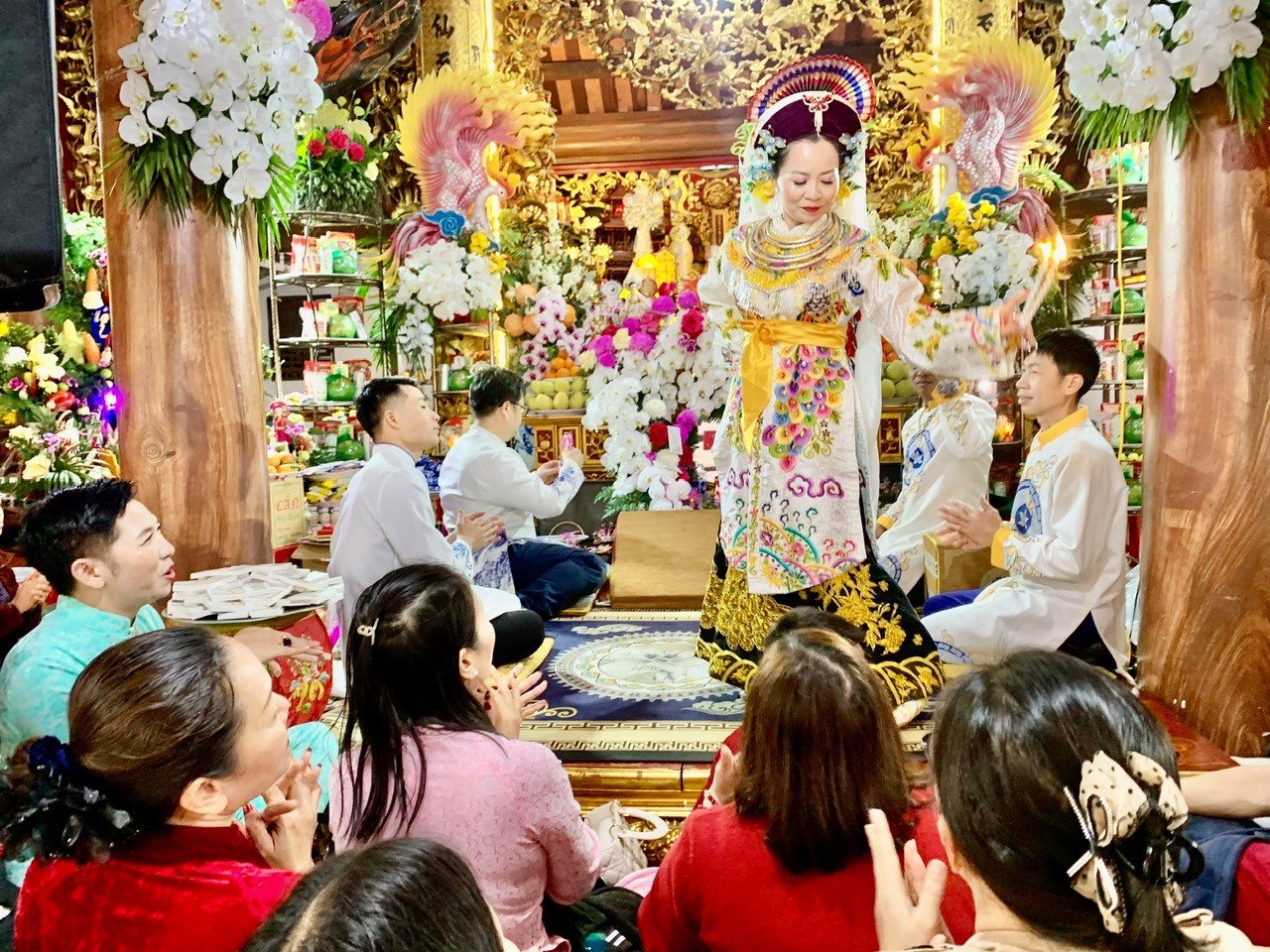
In each ceremony, the Thanh Tam Chi Hau represents about 20 prices. The rituals in the ceremony are usually hand signals, in which the male saints use their left hand, the female saints use their right hand; and above number 5, both hands must be used. Following the hand signals, the cung van offers the text, the Hau offers clothes to the price. Next is the ritual performance, each with its own rules for the male and female saints. The opening ceremony shows the supreme power of the gods, examining and witnessing from the temple, the offerings, the paper of the Thanh Tam, to the sincerity of the hundreds of disciples. The ritual of working as an official is expressed through various types of dances expressing solemnity such as: dancing with knives, swords, flags, fans, reciting poems... depending on the characteristics of each price. The ritual of sitting down includes the offering of wine, betel and areca nuts, rewarding the royal music ensemble, accepting the parallel songs of hundreds of artists and receiving the proclamation with the content of witnessing sincerity, bestowing blessings, giving fortune in money or kind... Each bronze price's costume has its own rules, expressing the image and symbol of the saints through the colors, patterns on the shirt, accessories (brooches, flowers, belts, veils, necklaces, scarves, fans...) and props (knives, swords, flags, flutes, oars, đàn tính...).
Thus, the legendary characters are recreated one by one in the lingering scent of incense smoke, in the performance, singing, playing of instruments, drums and clappers, sometimes low, sometimes high, gentle, leisurely, sometimes humming, deep, reverberating, further emphasizing the beauty and sacredness of Lam Thao Temple, attracting and captivating the audience. The Thanh Dong sometimes transforms into a majestic and imposing general, sometimes a dignified mandarin, sometimes a princess or a graceful girl dancing happily... The Thanh Dong's dances are also changed according to the characteristics of each price. The price of the lord often dances with fans, plays the Tinh lute...; the price of the lady and the girl dances with fans, candles, scarves...; the price of the mandarin often dances with flags, swords, long knives...; the price of the prince dances with flags, swords; The prices of the boys often include the "xèo" (stick) dance, the "lion dance"... Through the bronze prices, the saints are historicized and worshiped as those who have many contributions to their homeland and people, containing the spirit of patriotism and love for the people. This is also a treasure trove of myths and legends about the gods, including the form of oral literature, performances with music, dance and architectural decoration.
The atmosphere of the ceremony was sometimes solemn, sometimes joyful. Both the medium and the singer were excited and sublimated. The audience also enthusiastically howled and clapped their hands to the rhythm of the drums, making it lively and boisterous. The medium was enthusiastically cheered by everyone, and danced even more beautifully. Many people considered attending the ceremony a way to relieve psychological stress and pressure from life. Everyone who came to the holy door showed their respect.
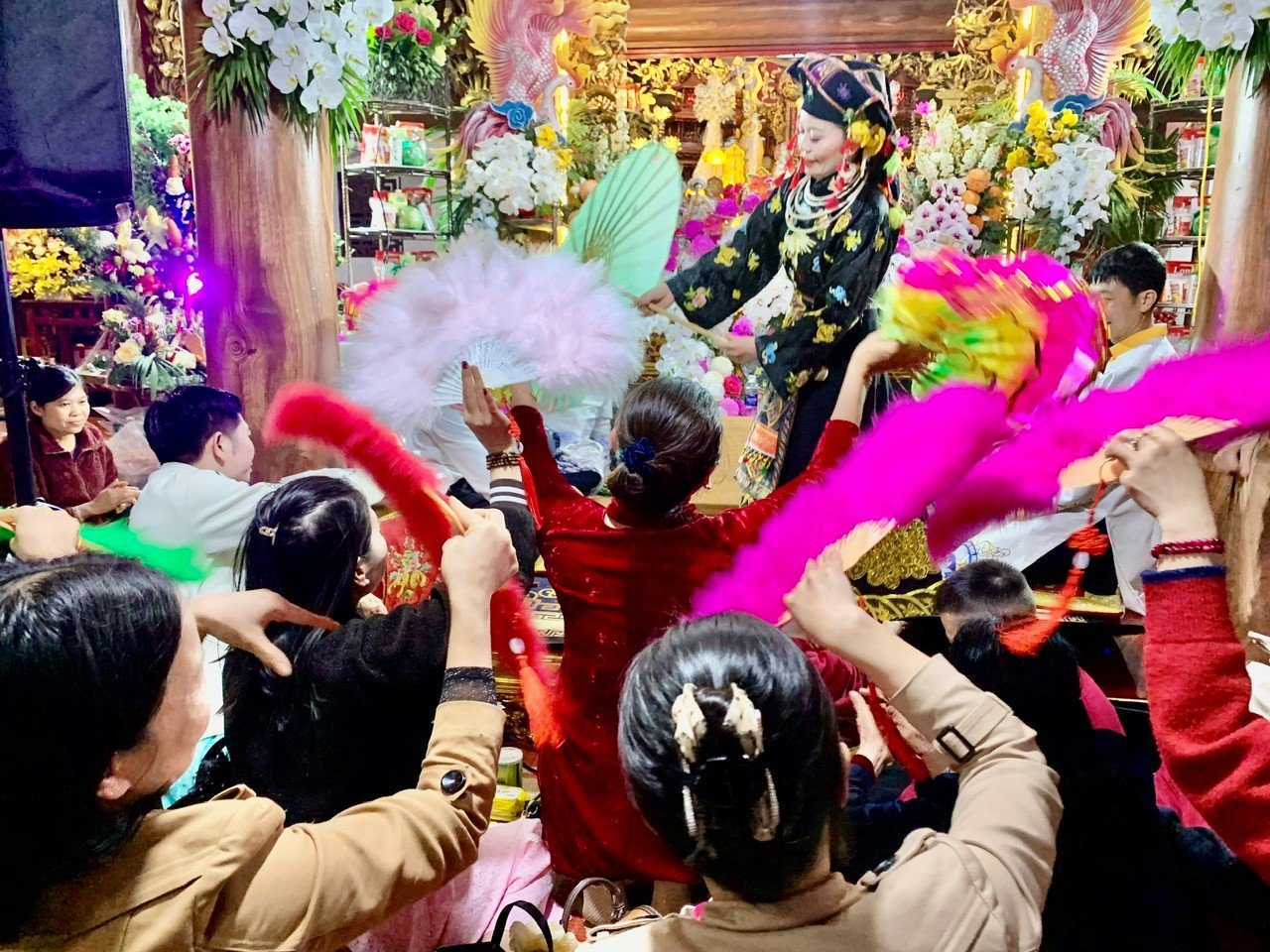
At the end of the spirit medium session, the spirit medium's family will prepare a bag of offerings for each disciple (which are items offered to the Saint during the spirit medium session). The offerings are usually: fruits, cakes, candies, soft drinks, tea, medicine, etc. This is considered a gift in lieu of the spirit medium's thanks to the guests who come to the session. After the session, everyone is excited, happy, forgetting all the hardships and fatigue of daily life.
Thanh Dong Tran Thi Loan shared: “Every time I attend a ceremony, I feel very happy, all my fatigue disappears. Especially the ceremony at the beginning of the year gives me a peaceful state of mind. If we are excited at the beginning of the year, everything will go smoothly all year. For those who have spiritual beliefs, the ceremony at the beginning of the year is very important. Because the ceremony not only has the meaning of praying for good things, but also shows respect to Buddha and Saints, demonstrating the tradition of "remembering the source of water when drinking". The rituals contain many traditional values of the Vietnamese people, the words and rituals in the ceremony have partly revealed the culture of the Vietnamese ethnic groups. In addition, the ceremony at the beginning of the year also contributes to spreading the Mother Goddess worship belief”.
Since UNESCO recognized the Vietnamese Mother Goddess Worship as a representative intangible cultural heritage of humanity, Hau Dong has become very popular in today's life. There are many mediums and mediums performing Hau Dong rituals with a single-minded devotion to the Saints and in accordance with traditional customs. This has been beautifying the spiritual culture of our country. However, in this spiritual activity, there are also some negative phenomena, commercialization, exploitation, and loss of the inherent good character of the heritage. Therefore, it is necessary to change the awareness of mediums and followers to keep the spring spirit altars truly a place where people connect and express their wishes to the saints, a place for good cultural - religious - spiritual activities, and upholding the traditional values of the Vietnamese people. These activities contribute to honoring, promoting and developing the value of the practice of Mother Goddess Worship to a large number of people in the country and internationally.
Source: http://svhttdl.phutho.gov.vn/tin/net-dep-tin-nguong-tho-mau-ngay-xuan_4183.html


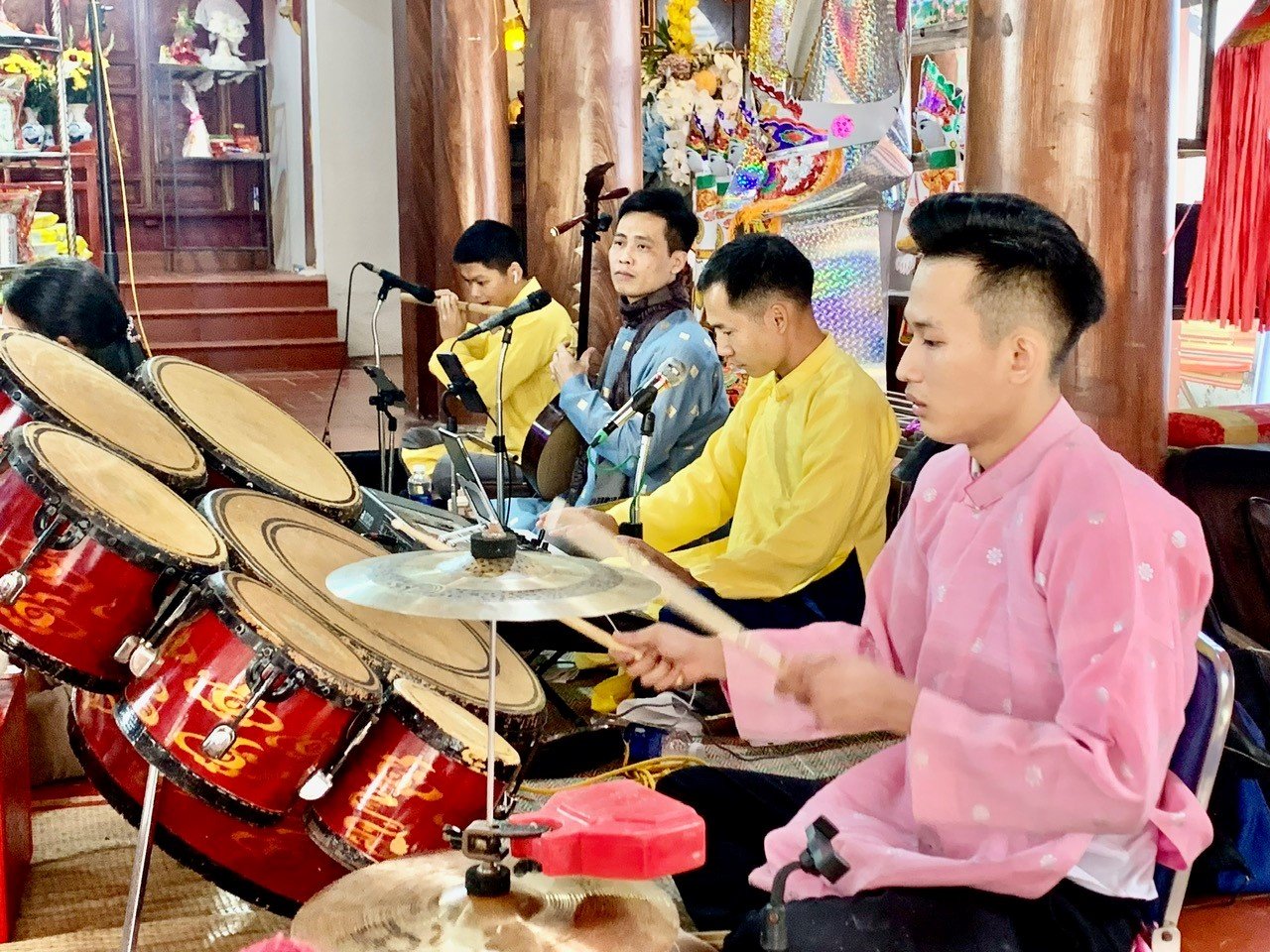
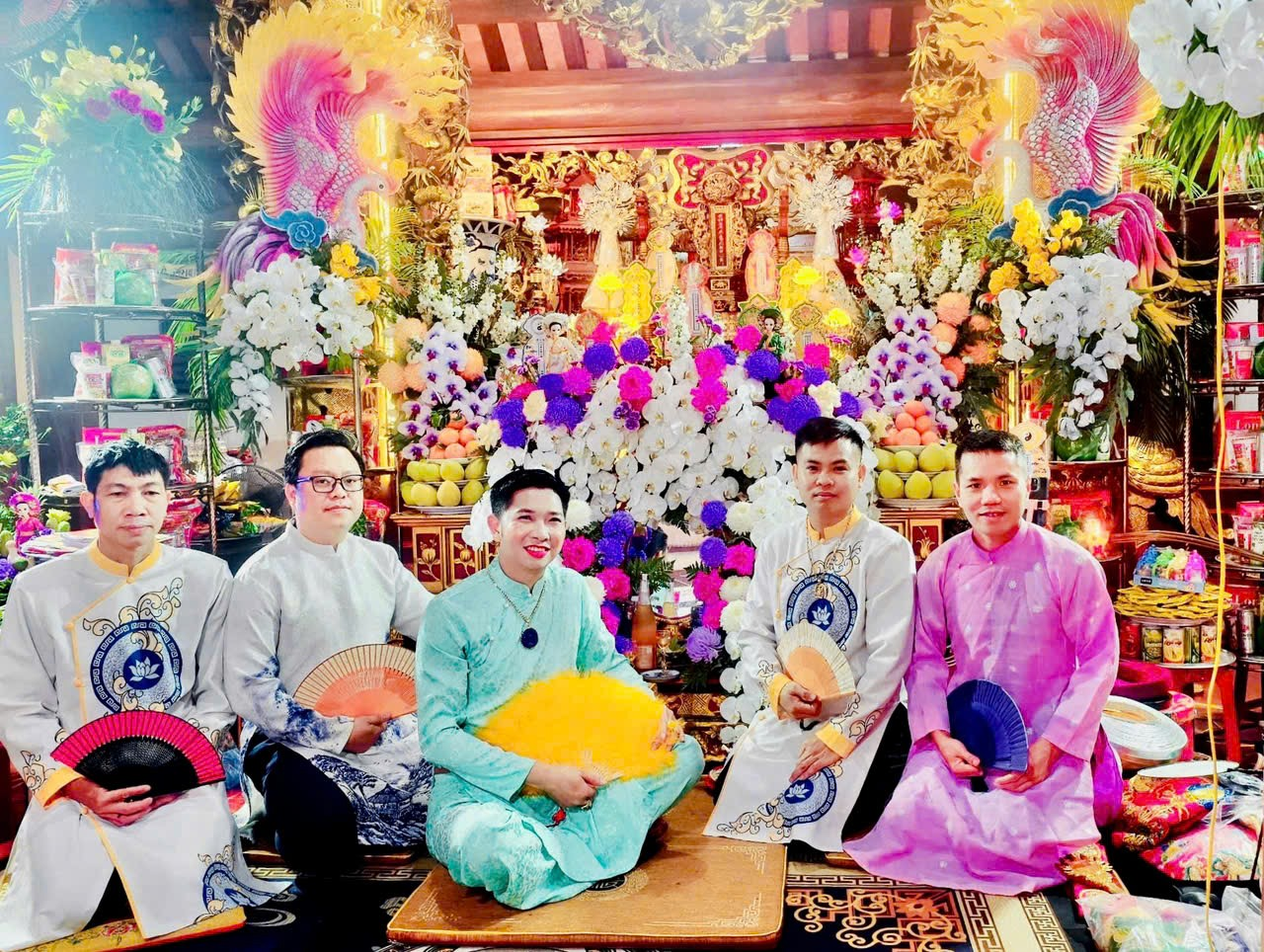
![[Photo] General Secretary To Lam receives the Director of the Academy of Public Administration and National Economy under the President of the Russian Federation](/_next/image?url=https%3A%2F%2Fvphoto.vietnam.vn%2Fthumb%2F1200x675%2Fvietnam%2Fresource%2FIMAGE%2F2025%2F12%2F08%2F1765200203892_a1-bnd-0933-4198-jpg.webp&w=3840&q=75)








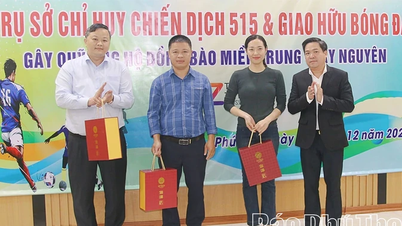


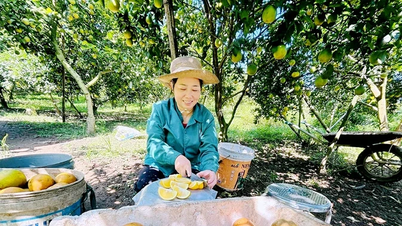




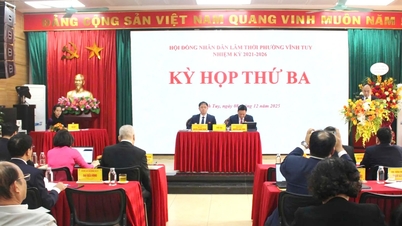
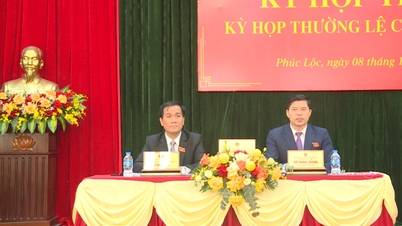
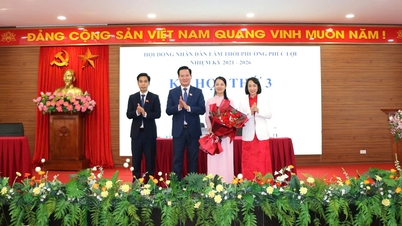
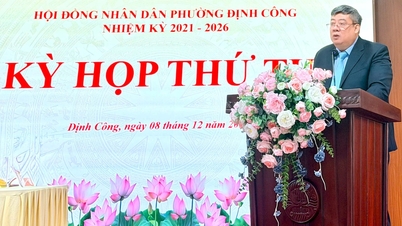
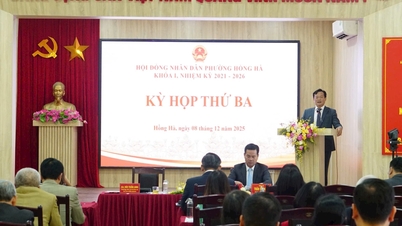
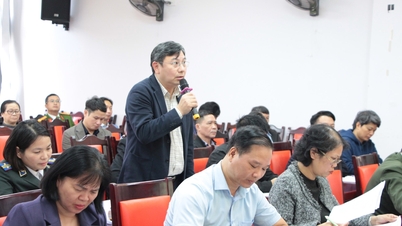

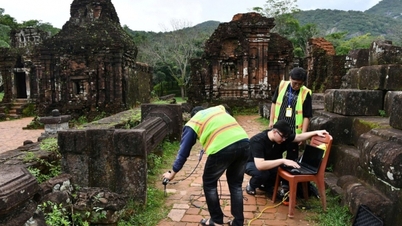

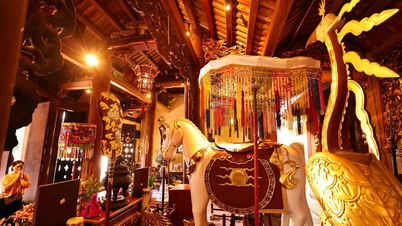



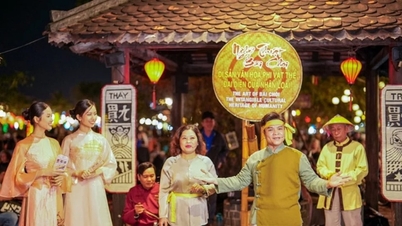

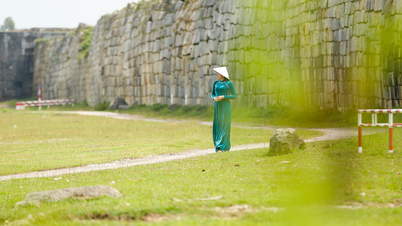



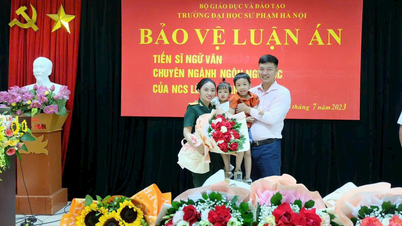

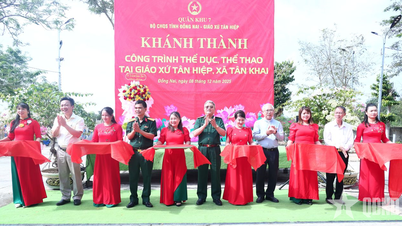
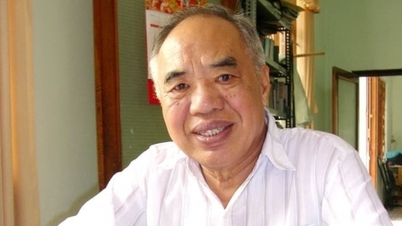

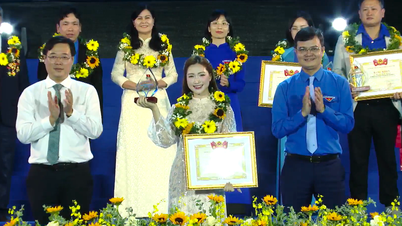

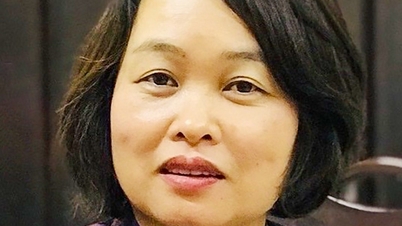

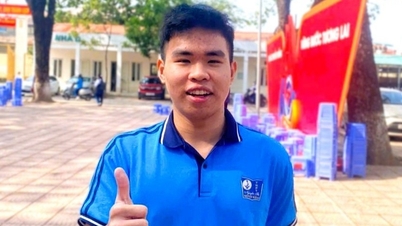

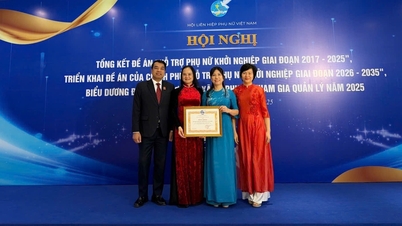
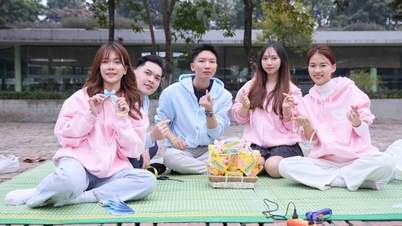


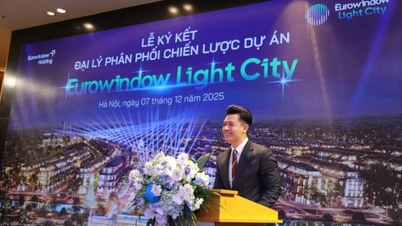









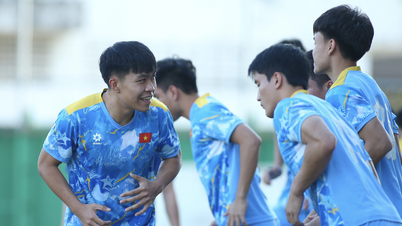

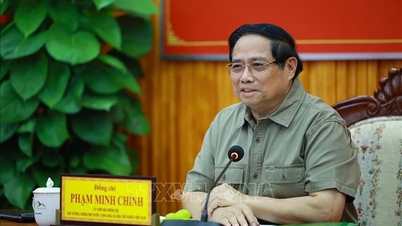

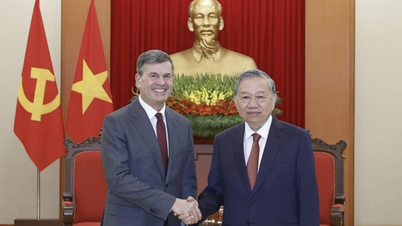


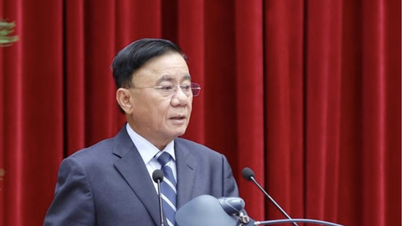


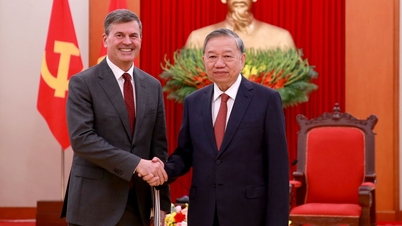
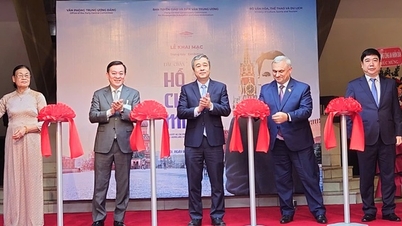

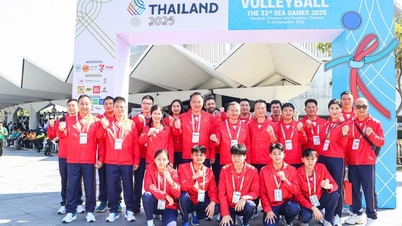
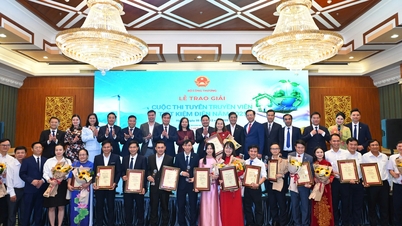




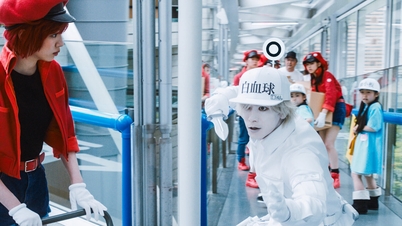


















Comment (0)